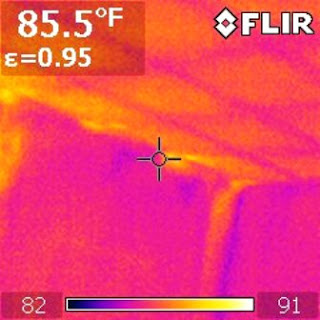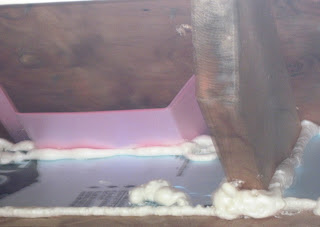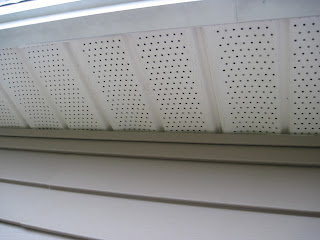First what is kombucha?
We started drinking commercially produced kombucha a few years ago and really enjoy it. Earlier this year, commercial kombucha became unavailable and I researched making it at home. We found a SCOBY through a local permaculture group, so we started making it at home. I think the fresh kombucha is better than what we got from the store (and MUCH less expensive!).
I don't know about all the health claims, but we have found kombucha settles upset stomachs. In general, we just like it!
How can you make it?
The key to making kombucha is finding a starter culture or SCOBY (symbiotic colony of bacteria and yeast). Look on CRAISGLIST or check local natural or health food store postings for people who will share their SCOBY.
Kombucha instructions can be complicated and confusing, so I am sharing simple instructions for brewing, harvesting, and enjoying your own great-tasting kombucha.
What do you need?
2 quarts (plus 1 cup) of water - if your water is not good, use bottled distilled or bottled spring water

A stainless steel pot that will hold that much water allowing top space for water to come to a rolling boil.
2/3 cup of granulated white sugar
Paper towel or clean cloth and rubber band to cover the brew vessel.
 |
| Brew vessel with SCOBY and some tea to start next batch |
1. First clean your workspace as if you are going to cook a meal. Pour the 2 quarts of water into the freshly washed stainless steel pot. Add one extra cup of water to allow for evaporation. Add 5 tea bags. I always use black tea.
2. Boil the water for 5 minutes.
 |
| Everything ready to go. Water is in pot, sugar and tea bags are at hand. |
 |
| Water is ready to boil. |
 |
| Add tea bags while water is heating |
3. Remove tea bags.
4. Add the 2/3 cup of white granulated sugar and stir to dissolve.
 |
| Boil water with tea bags. Remove tea bags and add 2/3 c sugar. Let cool. |
5. Remove from heat and let cool to room temperature (test by checking the pot temp on the inside of your wrist). Warm is OK. Hot is NOT.
6. When cool - pour into brew vessel with the SCOBY and some starter tea (a few cups). Don't worry is SCOBY floats or sinks (it doesn't matter). Don't fill to top-- leave a few inches of head space.
7. Cover the bowl or jar with a paper towel or clean cloth. Secure the cover with the rubber band.
8. Place the fermenting vessel out of direct sunlight. Kombucha brews faster in warm areas.
9. Keep the cover in place during the fermentation process. Also, try not to jostle the brew vessel. Just leave it alone and wait 1 week. You'll see a new SCOBY being formed on top of the kombucha.
10. Taste your tea. If it is too sweet, let it brew another day and taste again. Otherwise, you can harvest...
11. Harvesting! When the taste is right for you (very subjective, since some like their kombucha sweet), it is time to harvest. I keep our kombucha in a milk jar in the fridge with a vented lid. Do not keep at room temp or in a container with a tight-fitting lid, because your tea is alive and can explode if not carefully monitored! Short periods are OK (in fact this is how you get fizzy kombucha, ala GT Dave). I like mine just a little fizzy as it comes out of the brew vessel. Harvest 2 quarts of kombucha. You always want to leave some in the brew vessel.
 |
| Harvested kombucha ready to drink for the week. Keep in fridge. |
12. Remove some of the SCOBY. You will have 2 after a brew cycle. You can't hurt your SCOBY by handling. You can use tongs or your hands. If you are going to use bare hands, be sure to scrub thoroughly. The 2 SCOBYs may be 'stuck' together. Pull apart gently.
 |
| This is the SCOBY. I'm removing this to the fridge as backup. |
13. Place one SCOBY in your fridge in clean container with some kombucha. This is your backup SCOBy in case something goes wrong. After a few cycles, you will have spares you can give to friends or CRAIGSLIST.
14. Repeat brew cycle.
Cheers,
Mark












































